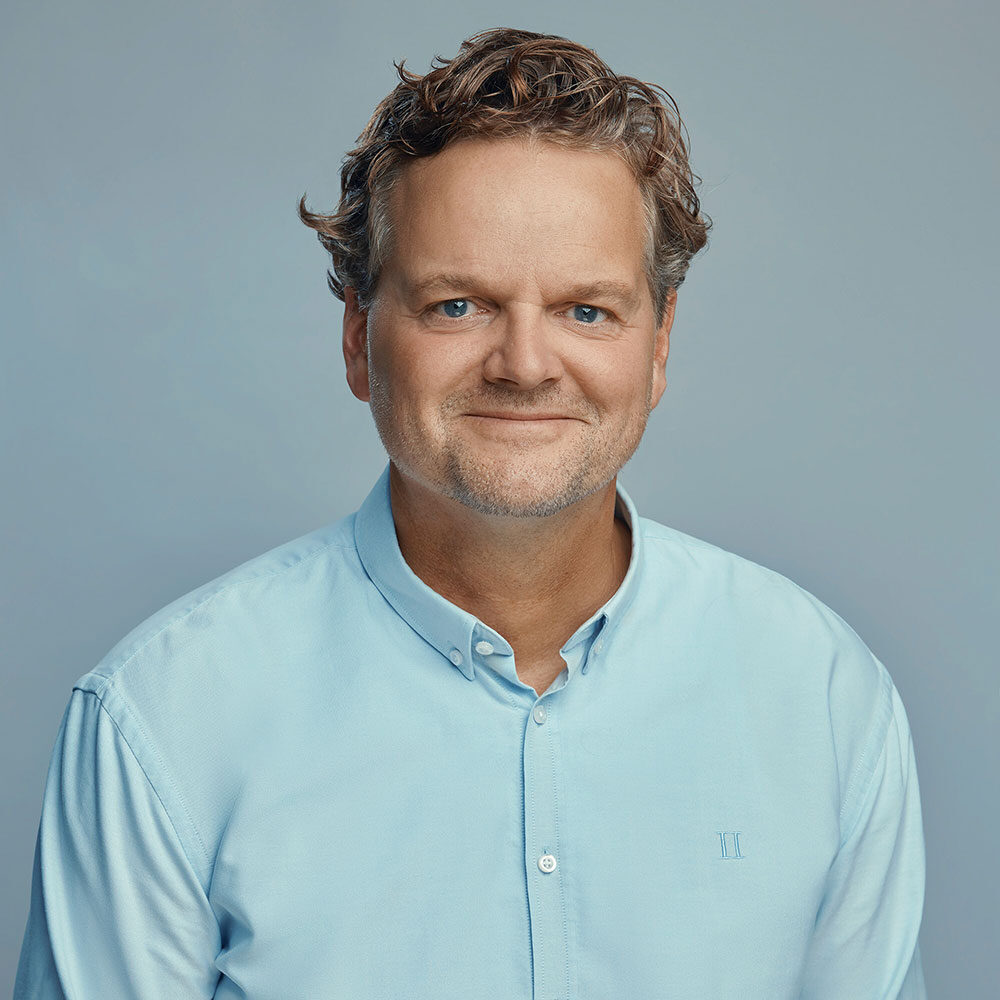Maximizing time for patients: How much time do healthcare professionals spend on vitals signs monitoring?
Healthcare professionals spend significant time on non-essential tasks: 13.5 hours weekly on documentation and 6-10 minutes per patient per shift on vital signs monitoring. This impacts patient care, causing burnout and high turnover among nurses. Technological solutions can help, but they must integrate seamlessly to reduce workload effectively.
It is no secret that healthcare professionals across all roles spend a significant proportion of their working week on non-essential tasks such as clinical documentation and vital signs monitoring instead of actual patient care. Clinical documentation takes an average of 13.5 hours per week—more than a third of the average clinician’s working hours. Consultant nurses reported the highest number of hours spent on documentation per week, at 16.5 hours, followed closely by consultant doctors at 15.1 hours. For vital signs monitoring, the time ranges from 6-10 minutes per shift per patient, depending on the protocols of a specific ward. Both tasks add up to a lot of time, and both can be substituted by technological development.
Documentation
Nurses clearly feel the burden of non-essential paperwork. An ICM poll in the UK of more than 1,700 nurses showed they spend nearly one-fifth of their working hours on paperwork. Of the respondents, 88% said they had experienced an increase over the past five years in the number of bureaucratic tasks that did not require professional judgment, including filing, photocopying, and ordering supplies.
Healthcare providers must meticulously record every detail of patient care to comply with insurance requirements. While these measures ensure transparency and accountability, they also create an administrative burden that heavily impacts healthcare facilities. As overload and burnout levels continue to rise among clinician teams, it’s crucial that healthcare leaders find ways to reduce documentation tasks that eat into their personnel'
Vital signs monitoring
Monitoring vital signs in hospitals is crucial for safe patient care, allowing nurses to spot potential deterioration early. However, it generates a substantial workload for nursing staff, making it difficult to plan adequate staffing to ensure current monitoring protocols can be delivered.
Nursing staff spend a considerable amount of time to complete vital signs activities. According to an Ably Medical study done in collaboration with wards of internal medicine, cardiology, and geriatrics in Germany, the average amount of time spent on vital signs monitoring ranges from 6-10 minutes per shift per patient, depending on the ward. Time estimates increase by more than a minute per set when considering interruptions related to vital signs and preparation time at the start of each round. Based on the collected data, we've created a tool to estimate the time spent on monitoring and recording.
Weight recording
Naturally, there is an array of other time-consuming routine tasks adding to the already strenuous workload of the nursing staff. With many, such as weight recording, the time spent is only a minor issue. In many wards, weight recording is done at patient admission and once a day since. It can take anywhere from 3-5 min each time. The bigger problem is the actual physical toll it takes on the staff. Lifting and positioning patients several times a day is affecting the health of the healthcare professionals tremendously. Nurses have musculoskeletal disorders at a rate exceeding that of workers in construction, mining and manufacturing.
Repetitive tasks affecting patient safety
The implications of the workload that non-essential tasks impose on nursing staff are serious. As healthcare professionals navigate the complexities of documentation, the allocation of time and resources for direct patient interaction dwindles. This shift not only diminishes the quality of care but also erodes patient satisfaction, undermining the very ethos of a healthcare system designed to prioritize patient well-being. With the focus increasingly moving towards patient-centered care, it becomes clear that something has to change.
Registered nurses have reported that their workload is too high, causing them to miss or delay around 35% of vital signs sets. Increasing the amount and frequency of vital signs activities without understanding the associated workload might lead to nurses missing even more vital signs sets.
The hidden costs of burden on nursing staff
Besides monitoring and documenting being time-consuming, it poses a significant mental and physical burden as well. Overworked nurses are more likely to experience burnout and leave the profession. High turnover rates incur recruitment and training costs and can also lead to inconsistent care. Replacing a registered nurse can cost between €35,000 and €53,000, according to data from the Nursing Solutions, Inc. National Healthcare Retention & RN Staffing Report. Moreover, the physical and mental toll on nurses contributes to higher sick leave, imposing further financial strains on healthcare facilities.
Technology must be easy to use
Many agree that technological advancement is a solution for creating more time for healthcare professionals. However, one must be aware of the additional mental burden technology can bring. Shockingly, many studies have found that the time spent on vital signs monitoring across different hospitals and wards did not decrease significantly despite the use of electronic recording systems. Some wards still used pen-and-paper documentation, and when compared to wards where EHRs had been successfully implemented for several years, there was no substantial difference in time saved. This indicates that even though EHRs are now standard, they still take as much time for nurses to input data as the pen-and-paper method. Therefore, it’s essential for hospitals to choose devices that send data from measurements directly to EHRs, as this is where it is possible to save time and create better working routines for healthcare professionals.





